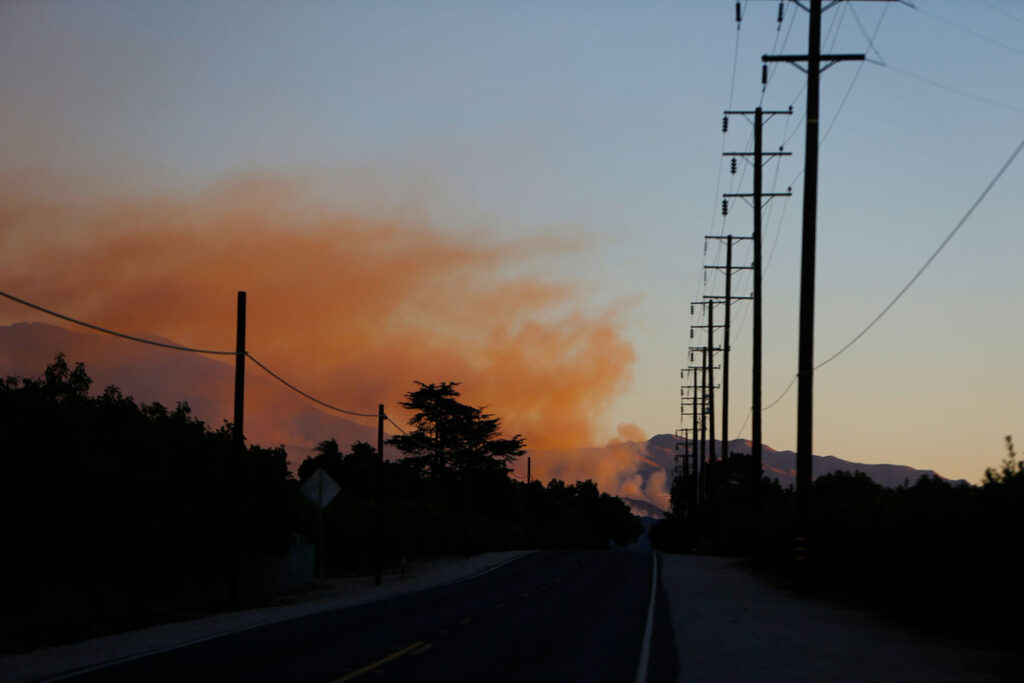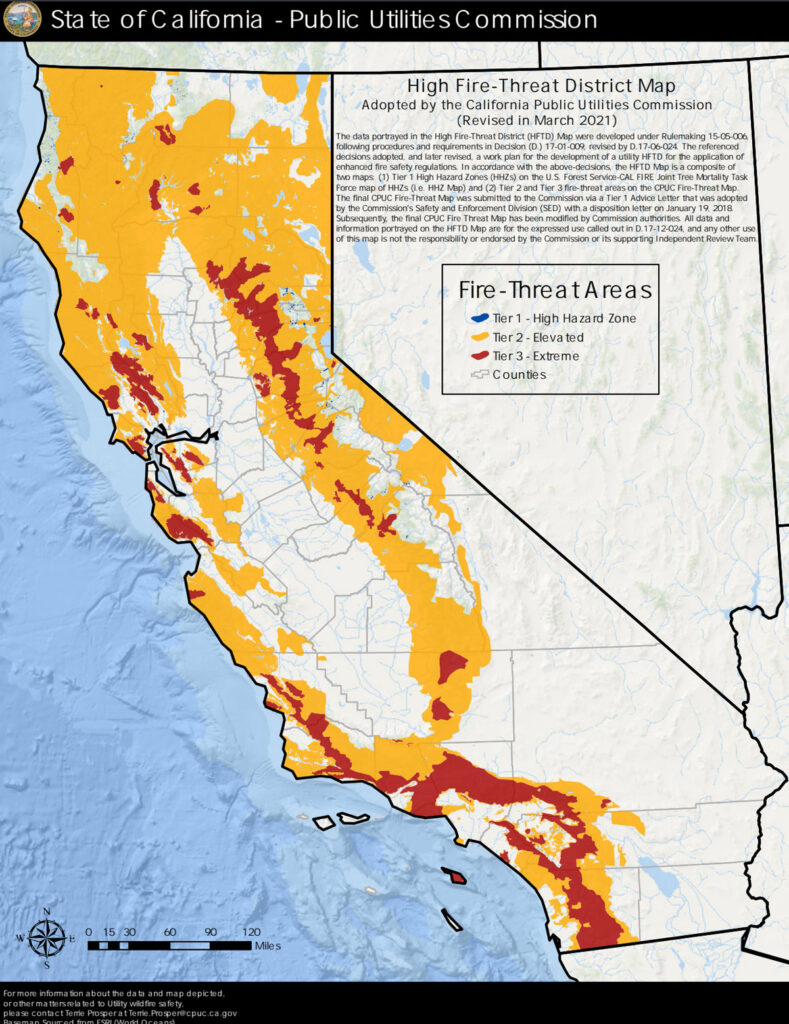Close
Close
Case Study


SIG scientists worked with CAL FIRE and the Desert Research Institute. We used the Weather Research and Forecasting (WRF) Model, a mesoscale numerical weather prediction system designed for both atmospheric research and operational forecasting, inputting a decade of hourly, 2km gridded weather data for all of California.
From this enormous dataset, SIG scientists extracted the worst two percent of fire weather conditions for each grid cell. We then performed 1000 unique, high resolution wildfire simulations per cell using SIG’s GridFire wildfire behavior model, based on fuels and vegetation data input from the LANDFIRE 1.3 dataset. Ultimately we simulated over 100 million ignition events around the state of California under historical extreme weather conditions.